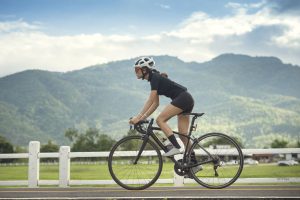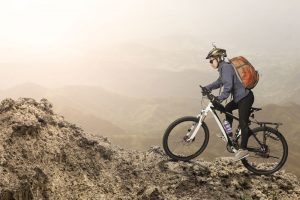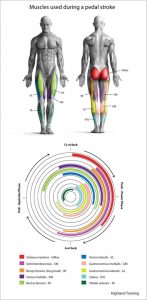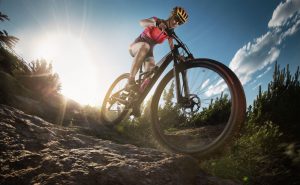
What happens if a race driver shifts too quickly or skips gears altogether? Best case scenario she loses efficiency and power. Worst case scenario she damages her very expensive car.
The same is true when we want to shift our bodies from a resting to a performing state. We need to take a little bit of time to move through – up – our gears.
Skipping the warm up can leave you gasping for air with an unbearable burning sensation in your legs. It can also create pain and injury to the muscles and joints that weren’t adequately prepared for the sudden jump in force production.

A good warm-up does a number of things:

A simple rule of thumb is the more intense the workout is going to be, the longer and more
comprehensive the warm-up needs to be.
For me, I also know that a great warm-up is a wonderful workout in and of itself. In my twenties and thirties, I often treated warm-ups with some impatience. I even (often?) skipped them completely in favour of more minutes committed to the intense, satisfying part of the workout. Some of my chronic injuries, imbalances and inability to go as hard and long are due to age. But honestly, failure to properly warm-up is the much more significant culprit.

While I can’t turn back time, I CAN commit to effective warm-ups moving forward.
Great warm-ups make me more agile and stronger. I effectively increase the range of motion throughout specific joints and muscles and then – through activation in those increased ranges – I become more powerful, coordinated and comfortable. These new ranges are then safely stressed and therefore positively trained during the subsequent workout.
AND if you’re a performance junky? That bit of extra range and activation will absolutely increase your ability to generate more power, push into higher reps, increased turn over as well as recover more effectively. So you can do it all again.

Have I convinced you yet?
There are lots of great ways of warming up. Outside of warming up the breath, heart and tissues overall, we ideally want to look at the movements that will be taxed to ensure we’ve prepared the body specifically for those.
Using cycling as our example today:
The primary muscles responsible during cycling are located in the hips and legs: Specifically:
For a typical road cyclist pedaling in the saddle, most of the power is generated between 12 and 5 o’clock. Hip flexion, quickly followed by hip and knee extension are the primary movements of a pedal stroke. So initially glutes and quadriceps muscles fire, quickly joined by hamstrings and calves. Between 6 and 12 o’clock there is some knee flexion to help bring the pedal back up to the top, though typically the downward force of the opposite leg is the greater contributor. Perhaps obviously the more we can use both legs together – the most powerful and efficient the overall pedal stroke will be. So activating and optimizing use of the hamstrings and calves to pull the leg backwards and up will be hugely beneficial.

The next piece of the power puzzle is having an effective anchor. Imagine trying to push a car out of a ditch when your feet are mired in slipper mud. Now imagine if you could wedge your feet against a concrete wall and then push. Way more power generated in the second scenario, right?
Strong glutes, core muscles and lats help maintain a stable torso freeing up the leg muscles to do their job – simple generate powerful, efficient pedal strokes.
If it seems like an overwhelming number of muscles to activate, not to worry. We’ve got some great movements that use multiple muscles!
Trainer Moves of the Day:
Join Meg for a quick full body mobility and stability workout that also serves as the perfect warm-up for cycling!
Inspiration of the Day:
“The bicycle is just as good company as most husbands and, when it gets old and shabby, a woman can dispose of it and get a new one without shocking the entire community.” — Ann Strong, US author BikeRadar


